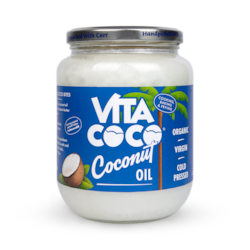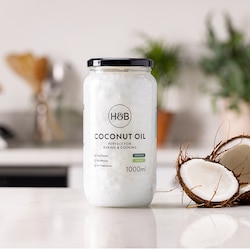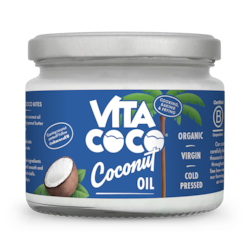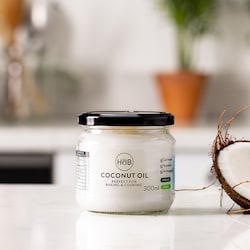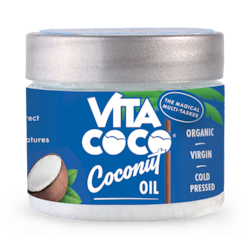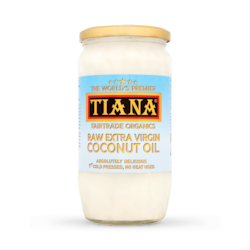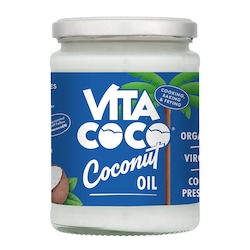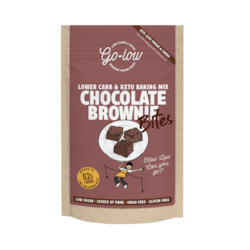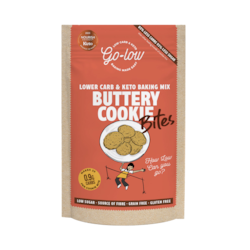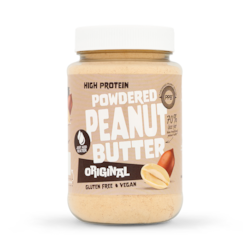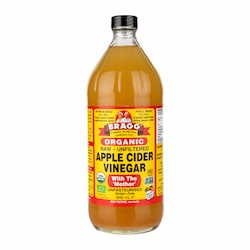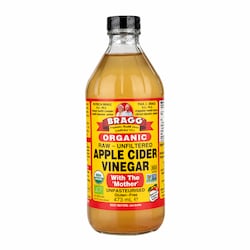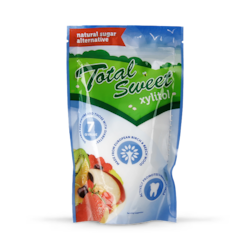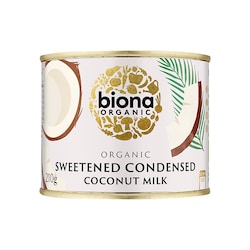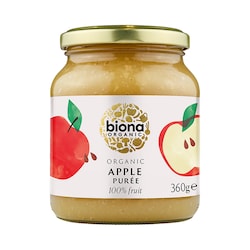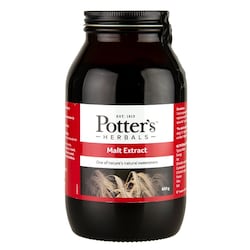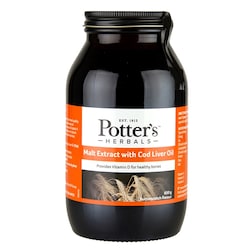20% off £30
What is pandan?
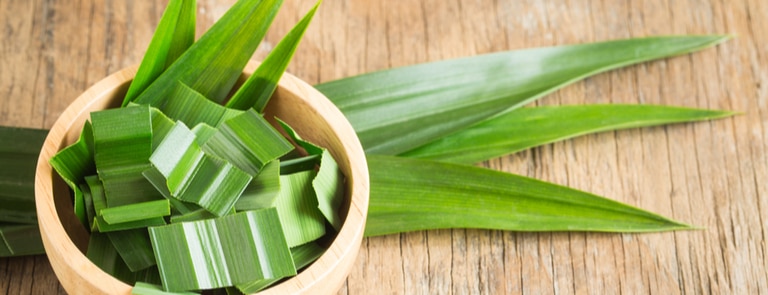
Whether you love experimenting in the kitchen or you’re looking for new ways to bring nutritious ingredients into your meal planning, pandan could be a great addition. With edible fruit and leaves, this versatile tropical plant offers delicious flavour and plenty of nutrients.1 It can be used in a host of different ways.
If you’re looking for more information about pandan and how to include more of it in your diet, we’ve got everything you need to know below.
What is pandan?
Pandan is common in Indian and South-East Asian cuisines. Thanks to its flavour and versatility, it’s often used in a range of traditional dishes.
This plant has also commonly been used amongst different cultures for many generations. It is thought to have a range of different health benefits.2
There are over 600 species of tropical pandan plants, and many of them have edible leaves, fruit, and flowers. The fragrant, blade-shaped leaves are often used in cooking, whether wrapped around meats or steeped in teas. The fruit can be eaten raw or made into marmalades or pastes.3
What are the benefits of pandan?
While pandan health benefits aren’t widely researched, it’s thought that this versatile plant could provide a range of different advantages. Whether you enjoy the fruit or prepare a dish with pandan leaves, both are generally considered a healthy addition to your diet.
Both pandan leaves and fruit contain vitamin A, beta carotene, iron, and fibre. Depending on how you prepare or consume your pandan, this plant can be low in calories too.4,5
Some of the health benefits might include:
- Blood sugar control6
- Oral health7
- Gut health8
- Supporting immune system9
- Eye health10
While pandan might provide a range of different health benefits, it’s always important to talk to your doctor if you have any specific health concerns. Remember to enjoy a nutritious and balanced diet to help you feel your best too.11
Who should avoid pandan?
Pandan is generally thought to be a safe choice for most people. However, it’s a good idea to monitor your symptoms after eating if you experience any adverse side effects. There isn’t much research into pandan, so it may be worth being cautious if you’re not sure.
It’s thought that pandan could cause diarrhoea if eaten in huge quantities, which is a side-effect worth bearing in mind.12
How to include more pandan in your diet
As we’ve mentioned above, pandan is an extremely versatile plant. If you’re interested in using pandan in your culinary adventures, there are plenty of recipes out there.
Some ideas might include:
- Flavouring rice
- Wrapping grilled meat and fish
- Flavouring or colouring home baking
- Juiced into smoothies14,15
Pandan leaves are typically available fresh, frozen, or dried. Pandan fruit can often be found fresh or preserved too. You may also be able to find pandan powder or extract, which can come in handy for cooking.
It can be tricky to find pandan in the UK, so it might be worth looking for similar home baking ingredients to make your chosen recipe. Vanilla is often thought to be the closest substitute. But it still doesn’t quite capture pandan’s aromatic flavour.15
Last updated: 22 April 2021
- https://www.britannica.com/plant/pandanus
- https://www.ncbi.nlm.nih.gov/pmc/articles/PMC4408760/
- https://www.phytojournal.com/archives/2016/vol5issue3/PartA/5-2-5-415.pdf
- https://pubmed.ncbi.nlm.nih.gov/12737009/
- https://www.ncbi.nlm.nih.gov/pmc/articles/PMC4408760/
- https://www.ncbi.nlm.nih.gov/pmc/articles/PMC4329610/
- https://www.ncbi.nlm.nih.gov/pmc/articles/PMC4408760/
- https://www.ncbi.nlm.nih.gov/pmc/articles/PMC6315720/
- https://pubmed.ncbi.nlm.nih.gov/18806089/
- https://pubmed.ncbi.nlm.nih.gov/12737009/
- https://www.nhs.uk/live-well/eat-well/
- https://www.ncbi.nlm.nih.gov/pmc/articles/PMC4408760/
- https://www.bbcgoodfood.com/glossary/pandan-glossary
- https://www.ncbi.nlm.nih.gov/pmc/articles/PMC4408760/
- https://www.thespruceeats.com/cooking-with-pandan-3217067


